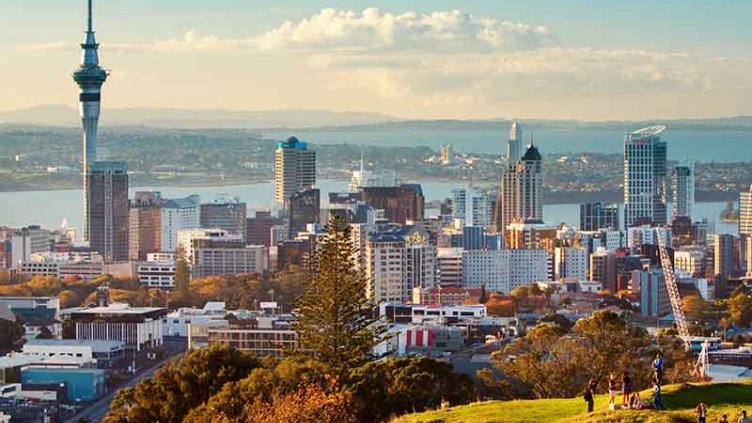Secondary residential market harder hit by circuit breaker measures
2Q20 volume lowest in more than 22 years
The implementation of the circuit breaker (CB) from 7 April to 1 June 2020 has affected residential market launch activity in the second quarter of 2020. Even though showflats were allowed to reopen starting 19 June, developers did not rush to launch their new projects. Therefore, only 1,852 new private homes were launched for sale in 2Q20, 11.5% lower than the 2,093 units placed on the market in the previous quarter and 26.0% lower y-o-y.
Given the absence of major new launches and CB measures, 1,713 new private homes were sold in 2Q20, 20.3% lower q-o-q and 27.1% lesser y-o-y. New homes sales slowed down in April and May but posted a significant rebound in June due to the easing of CB measures and reopening of showflats from 19 June.
Of the 1,713 units sold in the primary market in 2Q20, 48.6% or 833 units were in Outside Central Region (OCR) while Rest of Central Region (RCR) accounted for 39.1% or 670 units. This indicates that affordability remains a key demand driver for most projects.
3,862 new private homes were sold in the first half of 2020, just 7.8% lower than that in 1H19 despite adverse market conditions this year due to the implementation of CB measures for most of 2Q20 and the recession. This attests to a fairly resilient primary market despite challenging headwinds.
Only 951 units were sold in the secondary market in 2Q20, the lowest since 1Q98 when 644 units were sold. It is also about half of the secondary market volume in 1Q20 and 60.6% lower y-o-y. The prohibition of property viewings during the CB period seems to have hit the secondary market harder as it is more reliant on this mode of marketing compared to online and virtual platforms used in developer sales. Another challenge in the secondary market is the mismatch of pricing expectations between buyers and sellers which impedes transactions.
Prices post surprise reversal from flash estimates and 1Q20
Flash estimates released on 1 July 2020 recorded a -1.1% decline in the URA private home price index in 2Q20 but the final data shows a 0.3% increase, which bucks an expected declining trend following the -1% softening of the index in 1Q20.
During flash estimates, the landed index dropped -2.7% but this has been revised to 0% which has a significant impact on the overall index. The CCR non-landed index also contributed to an improvement in the overall index as its decline of -0.1% during flash estimates was upgraded to a +2.7% rise.
This suggests that transactions in the last two weeks of June, especially for landed homes in the overall market and non-landed homes in CCR, were at higher price levels that had a positive impact on the indices. In the last two weeks of June, there was a surge in buying at 8 Saint Thomas while high value sales were also recorded in other prime projects such as Leedon Green, Martin Modern, Van Holland and Pullman Residences.
The rise in prices in 2Q20 could be an aberration, as the fundamentals point towards continued price softening albeit at a gradual pace. Buyers remain cautious and price sensitive while unsold inventory remains substantial.
The changes in URA’s indices for 2Q20 are compared with those released during flash estimates and those in 1Q20 in the table below.
URA Private Residential Property Price Index Changes
|
1Q20 |
2Q20 |
2Q20 |
Overall |
-1.0% |
-1.1% |
0.3% |
Non-landed |
-1.0% |
-0.6% |
0.4% |
CCR |
-2.2% |
-0.1% |
2.7% |
RCR |
-0.5% |
-1.9% |
-1.7% |
OCR |
-0.4% |
0.0% |
0.1% |
Landed |
-0.9% |
-2.7% |
0.0% |
Source: URA
Unsold inventory on an easing trend
According to URA, there were 28,143 unsold units as at 2Q20, 4.3% lower than that in 1Q20 and a sharp 25.5% decline from the high of 37,799 units in 1Q19. This was the fifth straight quarter of declining unsold inventory on the back of sustained primary market transactions while land sales remained low-key in replenishing the stock for sale.
The continued easing of unsold supply is a healthy development as oversupply is being reduced. However, it is still of concern to developers who are facing challenges in moving sales in the midst of cautious demand and market uncertainties.
Rentals softened with weaker leasing demand.
In 2Q20, net absorption of private residential properties turned negative for the first time in almost 13 years. It could be indicative of weaker leasing demand due to deterioration in business conditions affecting the employment and wages of expats. In mitigation, low completion levels coupled with some withdrawals have also resulted in negative net new supply, keeping vacancy rate unchanged at 5.4% in 2Q20.
Consequently, the residential rental index dropped by 1.2%, reversing the 1.1% rise in 1Q20. Rents for landed homes declined moderately by -2.3% during the quarter compared to a -0.9% drop in 1Q20. The non-landed rental index, which went up by 1.3% in 1Q20, softened by 1.1% in 2Q20.
Rents are expected to continue facing downward pressure in the coming quarters, as leasing demand is likely to weaken given the ongoing economic slowdown and border control measures drying up the pool of limited tenants in the market, despite low vacancies.



